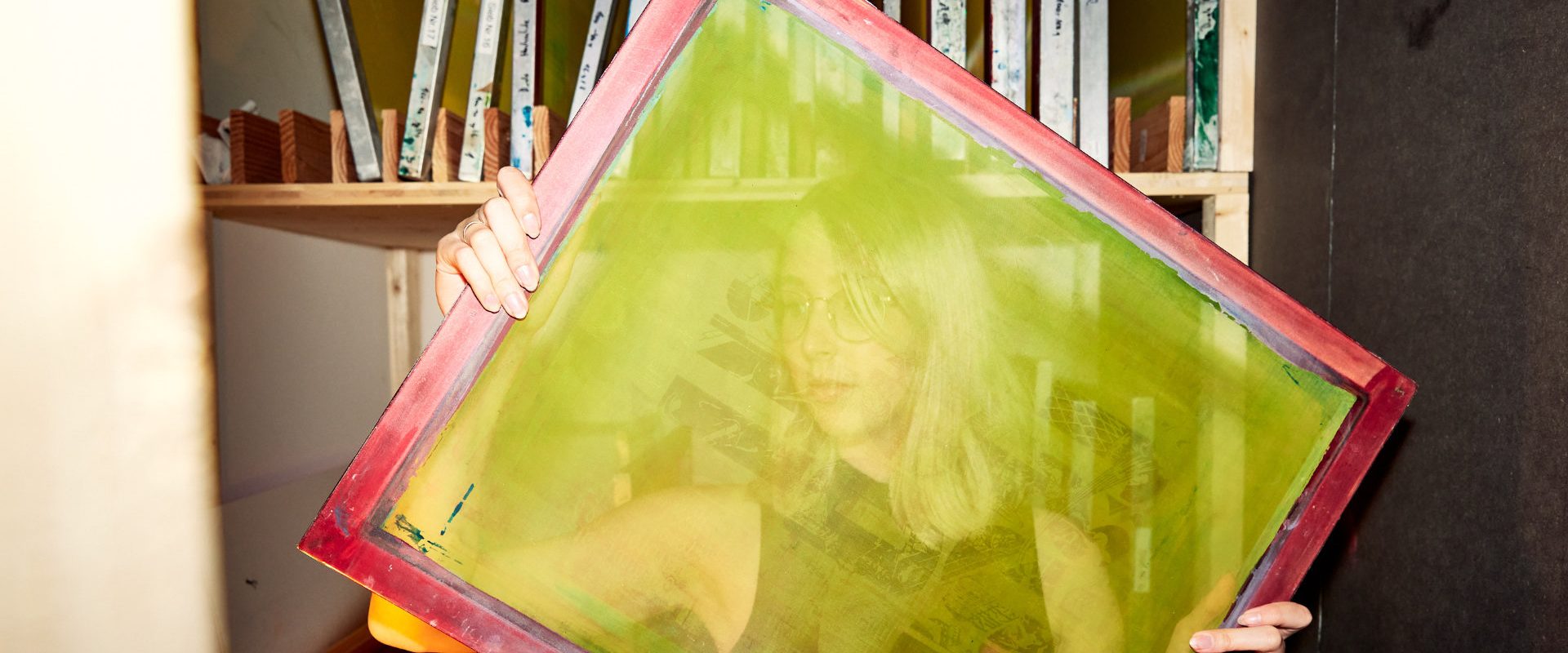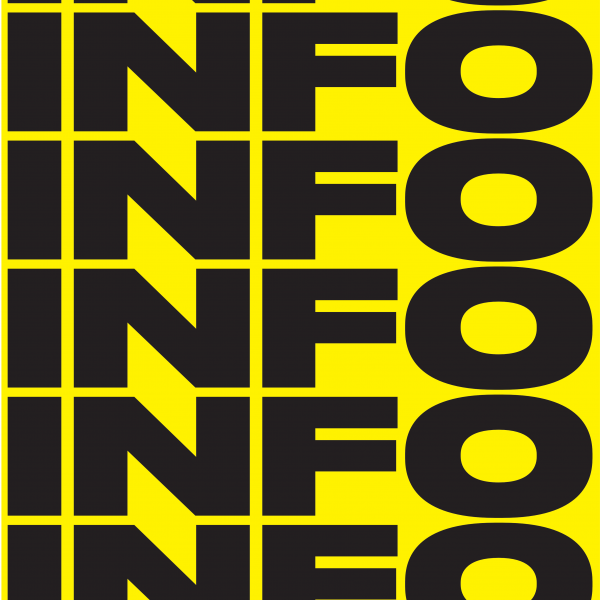The quality of our study model is reflected in the success of our students: DHBW Mediendesign once again achieves the second-best score in the ADC ranking of all important creative universities in Germany in 2020 and is thus listed as one of the most creative universities in the country for the third year in a row. And things are also going extremely well on an international level: for years, project results and final theses from our programme have been regularly successful in some of the best-known international design and communication competitions. The numbers speak for themselves …
- ADC Deutschland Junior (32x)
- Red Dot Award/Red Dot Best of the Best (15x)
- GWA Junior Agency Award (4x)
- D&AD Young Blood Award (5x)
- German Design Award (3x)
- Type Directors Club New York
- Stiftung Buchkunst,
Förderpreis für junge Buchgestaltung (2x) - DDC Gute Gestaltung (2x)
- 100 beste Plakate D/A/CH
- Deutscher Multimediapreis mb21 (3x)
- Annual Multimedia Award 2019 (12x)
- European Design Award 2018 (8x)
- Future Award (4x)
- Cannes Lion
- iF concept design award (2x)
- RSA London Student Award (4x)
- Creativity International Awards (2x)
- abgedreht Jugendfilmfestival (4x)
- Jung und Abgedreht Kurzfilmfestival Hanau (3x)
- JuFiFe Jugendfilmfestival (2x)
- Deutscher Jugendfilmpreis (3x)
- Kath. Jugendmedienpreis
- Bundespreis ecodesign
- Eurobest Award
- Rio de Janeiro Uranium Film Festival
- Mr.I Development of Rising Artists Award (Japan)




















